
About Andrew Cusack
 Writer, web designer, etc.; born in New York; educated in Argentina, Scotland, and South Africa; now based in London.
Writer, web designer, etc.; born in New York; educated in Argentina, Scotland, and South Africa; now based in London. read more
News
Blogs
Reviews & Periodicals
Arts & Design
World
France
Mitteleuropa
Knickerbockers
Argentina
The Levant
Africa
Cape of Good Hope
Netherlands
Scandinavia
Québec
India
Muscovy
Germany
Academica
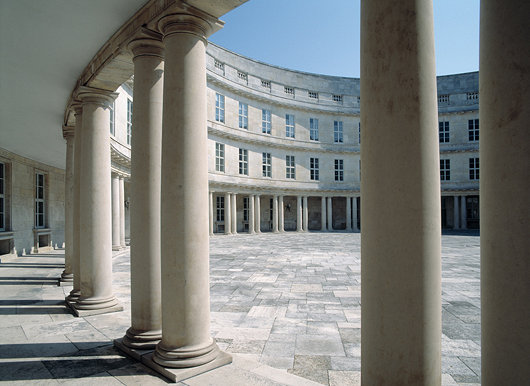
Politigården
The Police Headquarters, Copenhagen
One of the pleasures of the recent hit Danish television series Forbrydelsen (released in the UK as ‘The Killing’) is the occasional view it provides of Copenhagen’s police headquarters.
Politigården (lit. police-yard) is in a restrained Scandinavian modern classicism and was designed by Hack Kampmann.
It was constructed from 1918 to 1922 but Knapmann died in 1920, and his role as chief architect was assumed by his son Hans Jørgen Kampmann (whose brother Christian was also an architect).
The interior hints towards a variety of styles from Renaissance to Baroque and Art Deco, while the building rises around a large central circular courtyard roughly the same diameter as the Pantheon in Rome.
Some architectural historians consider Politigården the last neoclassical public building in northern Europe (so far, that is).
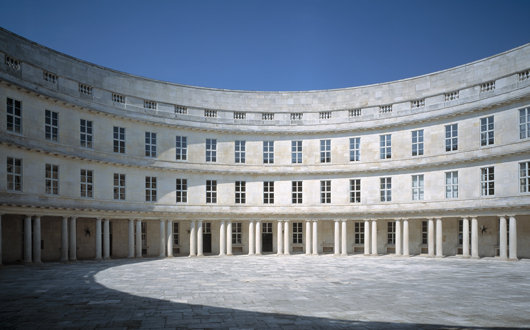
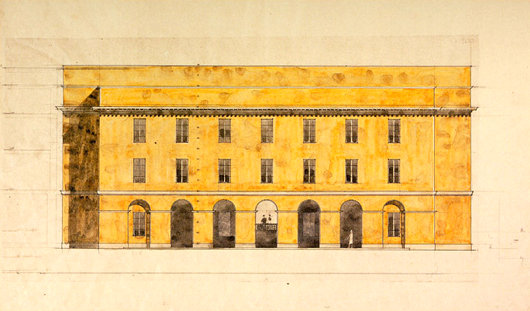
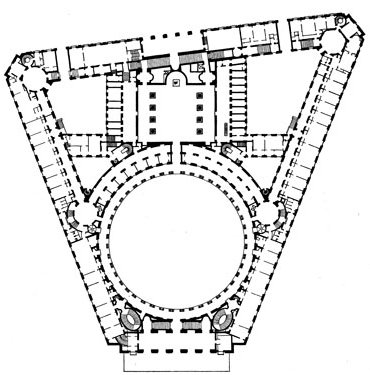
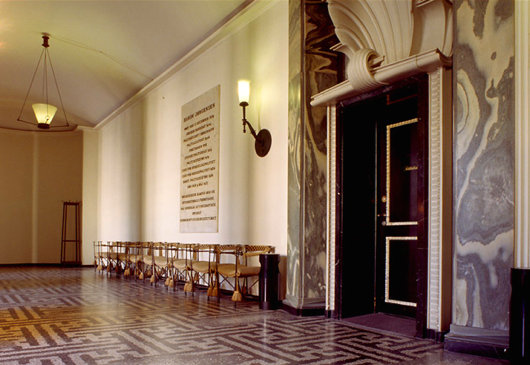
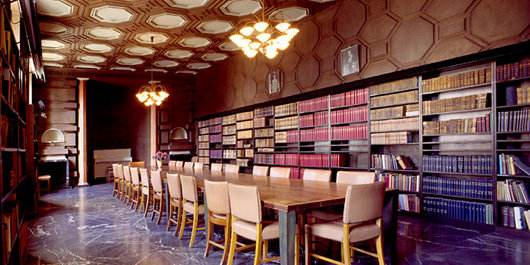
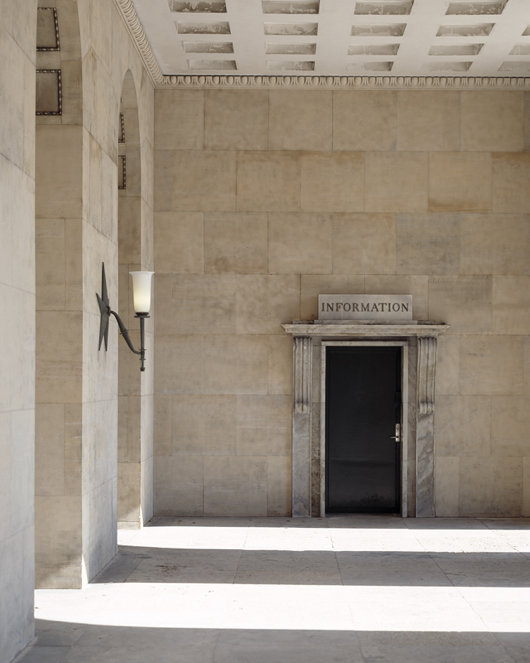
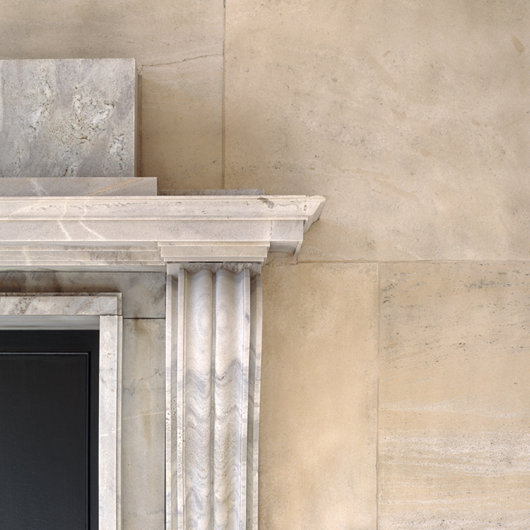
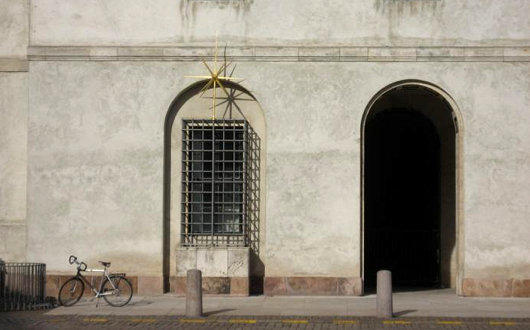
Search
Instagram: @andcusack
Click here for my Instagram photos.Most Recent Posts
- Sag Harbor Cinema March 26, 2025
- Teutonic Takeover March 10, 2025
- Katalin Bánffy-Jelen, R.I.P. March 3, 2025
- Substack Cusackiensis March 3, 2025
- In the Courts of the Lord February 13, 2025
Most Recent Comments
Book Wishlist
Monthly Archives
Categories



Thank you, Mr Cusack.
Now we know where Speer got at least some of his ideas from (and I do not mean that disparagingly – the Reichskanzlei was a masterpiece).
This style of architecture was popular not only in Nazi Germany under Speer’s architectural genius but also throughout Europe. One can wonder around the government buidings in Cathays Park in Cardiff built at the same time to see this style.
After 1945 and the victory of the counter culture this style was labelled “bombastic ” and impersonal. The rebuilding of German cities followed the modernist movement and the plattenbau brutalism is particularly repulsive. Interestingly there is renewed interest in Germany for classical architecture and with the rebuilding of the Berliner stadtschloss and Potsdamer stadtschloss we see this in evidence. Whether the Reichkanzlerei will ever be rebuilt will depend on the complete dismantling of the present world power structures and this seems unlikely at present.
A very large neoclassical church was built in Poland recently. I am not crazy about the design.
A beautiful building, but certainly not the last example of public neo-classicism in northern Europe.
There were numerous neo-classical buildings completed in the 1930s and quite a few built until the end of the 1950s. Bradshaw Gass & Hope (a firm I made a study of) designed a fine Civic Centre in Bolton completed in 1930: [link]
And a Police HQ in Burnley completed 1955: [link]
Vincent Harris designed neo-classical public buildings either side of 1945.
Some interesting developments in post-war classicism were made by McMorran & Whitby: [link]
I suppose most folk would consider Great Britain part of Western, rather than Northern, Europe.
I deprecate this use of “folk” Mr. Cusack. It is an egalitarian affectation, most noticeably used by the archfiend Obama, with whom, I am sure, you would not wish to be compared.
Pah!
Now, this answers some questions. Broen-Bron, a recent Danish-Swedish television series, featured Politigården. The building certainly left an impression.
I shall definitely look out for the series. In fact, I would go so far as to say, that if it should ever be my fate to be banged up, then let it be in Copenhagen.
Obama uses the much worse “folks”.
Is the original pluralisation doubted?
The United Folks of America marches on…
The Danish design shows good restraint.
The War Memorial in Canberra, Australia, comes to mind; sharing a similar bent for toning down and for Art Deco. Incidentally, the War Memorial was designed in 1927, and opened in 1941.
Actually, being one-of-the-folk holds appeal.
dear people
As AC notes this was constructed 1918-22, but designed mush earlier under the supervision of prof. hack kampmann, while actual design was carried out by Aage Rafn and students of the academy of architecture during the early teens of the previous century.
At that time Adolph was still in the trenches, mussolini was only a commonplace and Speer a student.